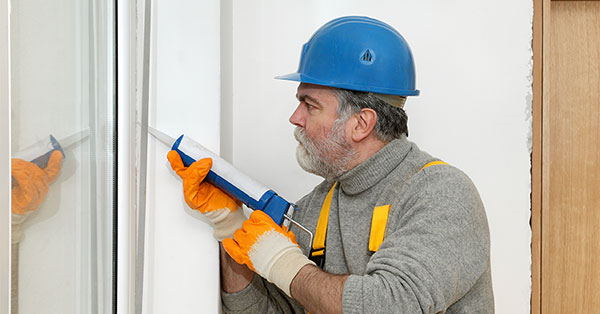4 Tips for Creating a Weathertight Home

Water can wreak havoc on your home and contribute to serious damages like foundation issues, mold and mildew, and basement flooding issues. Along with being costly, these damages can create serious headaches. As a good rule of thumb, we recommend being proactive when it comes to weather-proofing your home but taking these tips to divert water and create an effective drainage strategy. Check out our top tips for creating a weathertight home.
What is Weathertighting?
Many homeowners get weathertighting and weatherproofing mixed up, however, these terms are vastly different. Weathertighting protects against dampness and damage to building due to moisture.
If you notice water dripping or pooling inside your home when it rains, or sagging ceiling linings, you may already have a problem with weathertightness. Other signs to look for include:
• Uneven floor surfaces
• Musty smells
• Stained or rotting carpet
• Corrosion of fixings
• Mold or mildew

Tips for Weathertighting your Home
1. Mind your Gutters
To ensure water doesn’t seep into your basement or pool around the foundation of your home, you’ll want to make sure your gutters are diverting water away from your home. Make sure your gutters are free of clogs, leaks, and holes and are angled properly toward your downspouts. Check to ensure your downspouts are pointed away from your home and diverting water away from the base of your home.
It’s vital to keep your gutters clear and clog free to prevent damage by either cleaning your gutters multiple times per year or investing in an effective gutter protection system, like LeafFilter.
2. Reglaze your Windows
If you own an old house, chances are you have at least one window that needs reglazing. Over time, the glaze, or hardened putty that creates a weathertight seal on the exterior of the window between the wood and glass, can break down. This leaves your home vulnerable to the effects of moisture. We suggest either reglazing the window yourself or hiring a professional to handle it for you.
3. Check your Roof
Your roof is your first line of defense. Any roof with cracked or missing shingles can leave your home vulnerable to significant water damage. We recommend having your roof inspected by a pro who knows what he’s doing and knows what to look for. Make the necessary repairs to prevent unwanted mold or other damages
4. Seal Up Areas of Concern
Water can get through even the smallest openings. It’s important to conduct a thorough examination of your home to fill in any areas that leave your home open to the elements. This means looking at doors, light fixtures, vent popes, switch plates, satellite dishes and more to ensure everything is weathertight. IF you notice any areas of concern, we recommend using a water resistant sealant and filling in any gaps around these areas.


